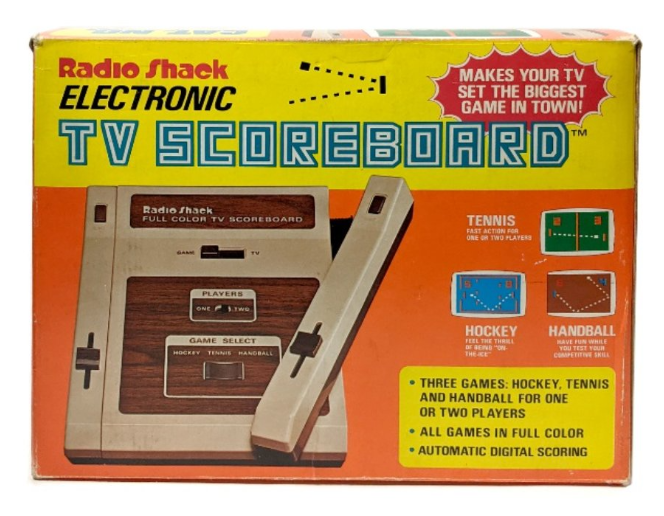Unexceptional Smart Contracts: Revisiting Overlooked Blockchain Code

Recently, I’ve been researching unexpected throughlines between crypto and other fields.
Last month, I came across an article, Unexceptional Consoles, by Alex Custodio and Michael Iantorno. It explores lesser-known game consoles that have been largely overlooked by both the public and academia.
These "unexceptional" consoles, like Radioshack’s Electronic TV Scoreboards and the deluge of Pong consoles from the 1970s, lack robust documentation, which has complicated efforts to archive and study them.

That said, Custodio and Iantorno proposed studying these consoles, arguing that though uncelebrated, these devices can provide valuable insights toward new ends. The authors also noted that hobbyists and informal efforts are crucial to preserving and understanding these consoles.
It’s a bit apples and oranges, but I do see a parallel here with smart contracts—unexceptional smart contracts.
In other words, what can we learn from old, overlooked smart contracts? What can we repurpose from them toward new experiments and achievements?
We saw a prime example of such repurposing recently when artist and analyst Takens Theorem used an obscure 2018 batchOverflow vulnerability, which affected now-forgotten ERC20 deployments like BeautyChain, Coinstar, and Proof of Weak Hands Coin, to “save” Yigit Duman’s latest artwork. Let me explain.
In September 2024, Duman unveiled Rothko on Pennies, a maximalist approach to Compressionism in which the data of the fully onchain NFT—a dithered version of Mark Rothko’s Composition (1959)—was spread out across token balances in 981 Ethereum wallets.
One day after the NFT’s release, Takens Theorem found an innovative way to scratch the visual surface of the onchain work with Duman’s permission. Shortly thereafter, the artist Bushi upped the mischievousness by rendering the piece totally invisible.
Could the work be saved? Yes, Takens Theorem dove back in with an innovative repair, which made the piece visible once more. The fix depended on repurposing the old batchOverflow attack vector that was used to drain a handful of ERC20 tokens in 2018!
My grand point, then? It was in studying uncelebrated, unexceptional smart contracts—specifically the critical flaw that plagued tokens like BeautyChain—that Takens Theorem was able to effectively resurrect Rothko on Pennies.
Here, a new artistic achievement was made uniquely possible by gleaning insights from an old and niche smart contract construction approach. A fuller understanding of the past brought more possibilities in the present.
This artistic revival is just one example of how studying and paying more attention to unexceptional smart contracts can prove valuable, and not just financially. Opportunities for these kinds of insights and retoolings are all around us, so if you look deep enough you can absolutely find ways to preserve knowledge and make what’s old new.
After all, as Custodio and Iantorno put it in their essay, “user communities often fill in knowledge gaps that scholarly perspectives overlook and that corporate interests have left behind.” If not us here, then who?